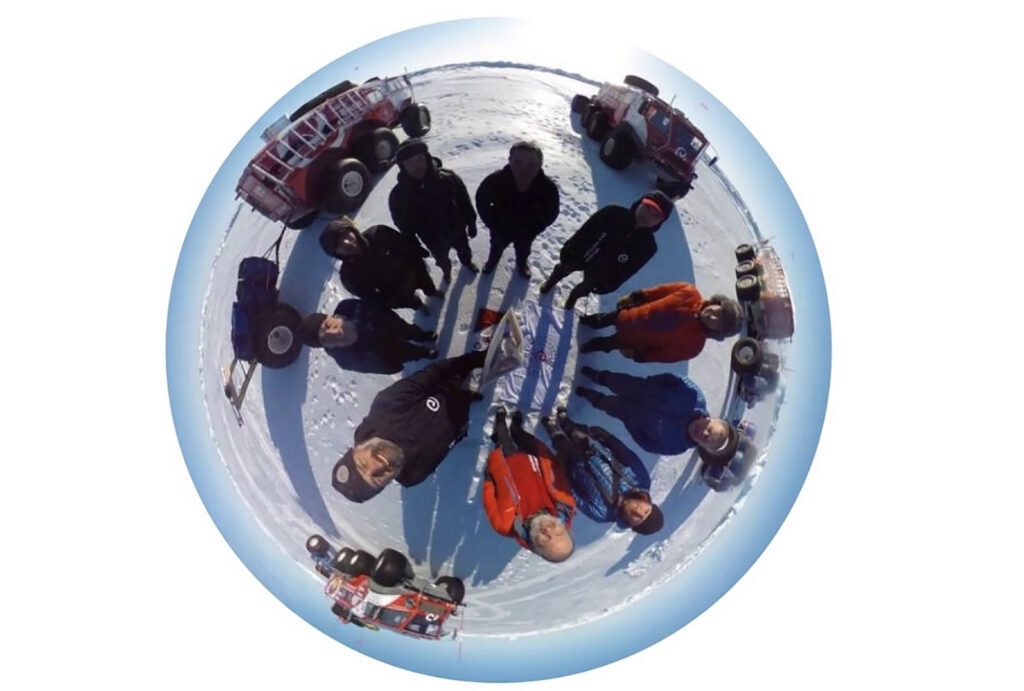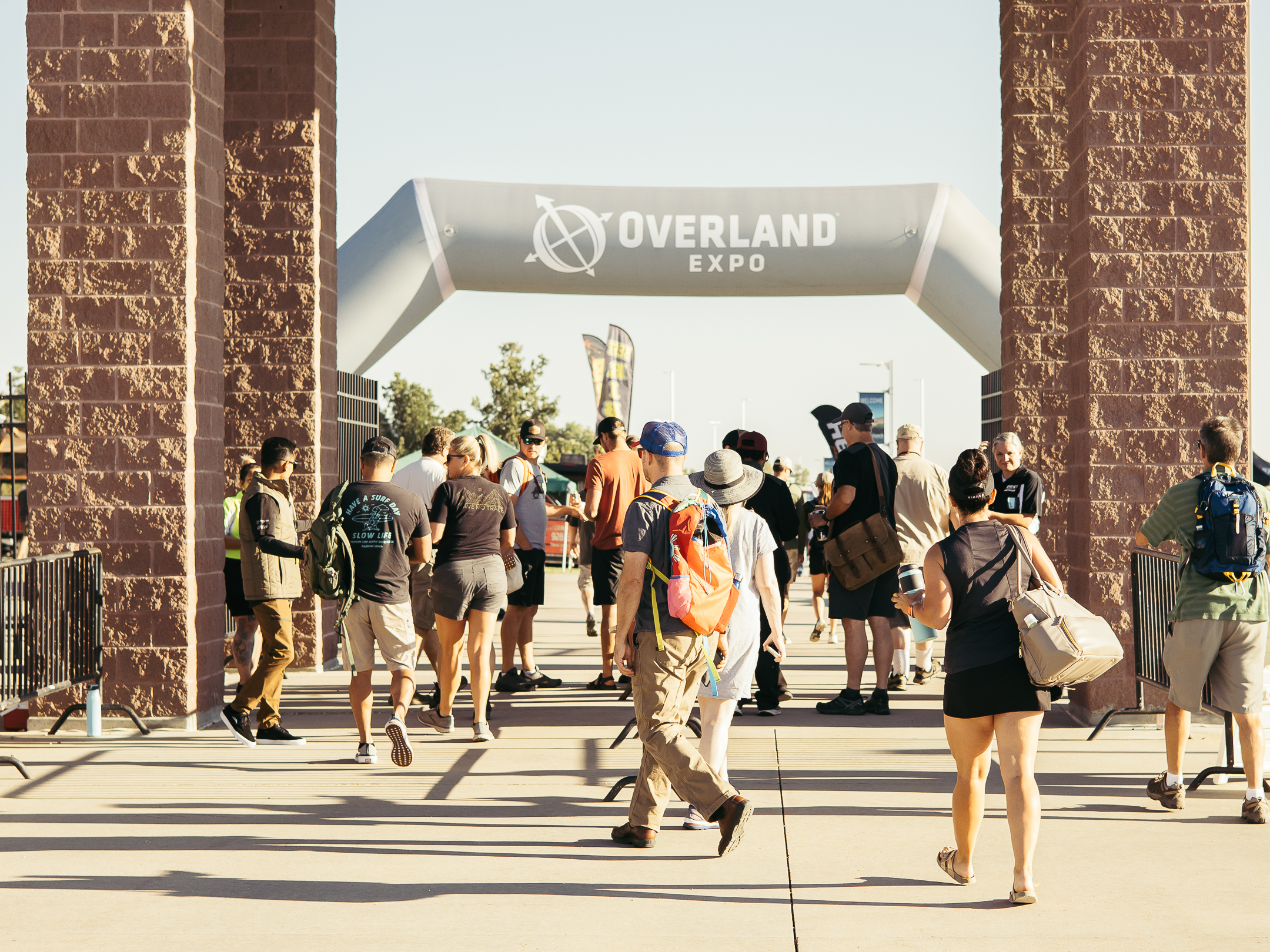The Transglobal Car Expedition team, looking to circle the Earth in wheeled vehicles for the first time in history, including touching both poles, has checked off a major waypoint on their journey and is now heading south.

According to social media posts and the team’s home page, the group arrived safely at the geographic North Pole on April 6 in their massive Yemelya “Special Mobile Unit” 6×6 amphibious vehicles, and then drove south to Station Nord, Greenland, completing the “Arctic” portion of the journey. The team celebrated with photos at the pole, a game of volleyball on the arctic ice, and some nights filled with the aurora borealis. They have now arrived in Oslo, Norway, to begin the next phase of the trip: Driving to the South Pole.

Now that the core team of eight has reached civilization, they will be joined by more crew members as they transition to specially prepared road-legal vehicles for a multi-stop drive south through Europe. The road-legal contingent of vehicles consists of Ford Expeditions, F-150 hybrid pickup trucks, and Ford F-350 “AT44” 6×6 overlanding rigs, all specially modified by Arctic Trucks. The AT44 machines are street-legal and can also cross tundra, snow, and ice. When the roads end, and conditions warrant, the team transitions to the Yemelyas for the polar crossings.
Once they reach Dubai via road or overland across the desert, the team will then sail around the tumultuous Middle East region and pick up the trail to the South Pole in Mombasa as they traverse Africa.
The whole trip is expected to take 17 months and has not been without hardship. Photos and video from the expedition show team members working in dangerous conditions to clear a path across the north polar ice for the four transports. The Yemelya’s ability to float also came into play as the team headed south across Greenland (below).
Fortunately, the team says they began testing vehicles, preparing and training for the journey three years ago before finally leaving New York City in January. After a drive across the U.S. northern interior, they crossed into Canada and then headed out onto the polar ice fields after reaching Yellowknife. The geographical North Pole is technically located in the Arctic Ocean, which is covered by thick sea ice that has allowed the team to drive the Yemelyas to the location, which is in a different spot than the Earth’s magnetic north pole, the location of which varies over time due to the tilt of the Earth and fluctuations in its magnetic fields.
READ MORE: Behind the Wheel of the INEOS Grenadier
The massive, custom-built Yemelya transporters, similar in architecture to large overlanding vehicles such as an EarthCruiser but made specifically for arctic environments, roll on six 51-inch balloon-type tires that can air down to 1 psi for maximum grip over obstacles. Even with such specialized vehicles, progress is slow and hazardous on the ice.

The Yemelyas are the creation of explorer Vasily Elagin, who is on the expedition as one of the eight core members. Elagin has driven a Yemelya to the North Pole in the past, so his experience (and vehicles) are invaluable to the effort. Two new Yemelyas were built for the TCE, for a total of four. The Yemelays function as both transport and shelter for the team and tow trailers loaded with diesel fuel, provisions, and hardware to keep them running. They will now be re-equipped and shipped to Antarctica for the attempt to cross the South Pole once the team crosses from Africa.

If the team can successfully cross the Antarctic continent in the Yemelyas, they will then cross to South America for the drive north back to New York City. The team will go by boat around the typically impassable Darién Gap.
Such a trip has never been completed successfully. Support for the trip comes from GoodGear.org, which describes itself as “a non-governmental organization which promotes the link between the spirit of global adventure and positive technology.” The cost of the expedition has not been specified.
Follow the TGE’s progress here, on Instagram, Facebook and their website. You can download a detailed datasheet about the vehicles here.


